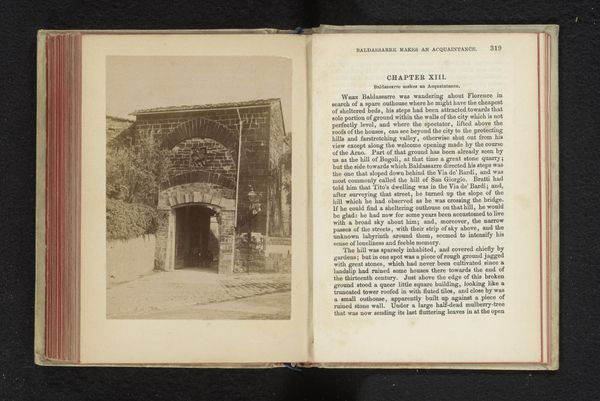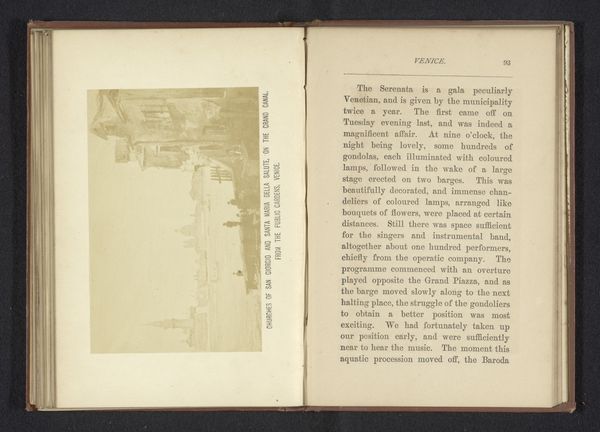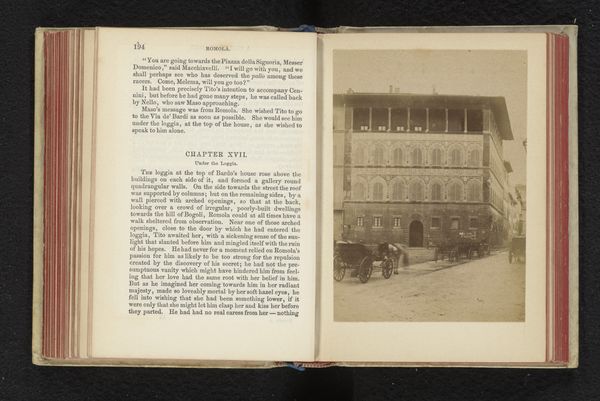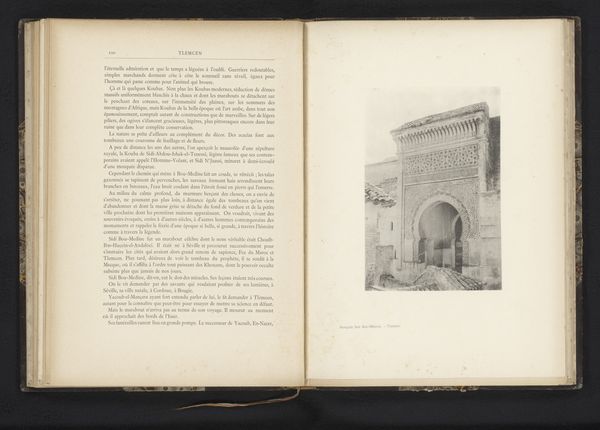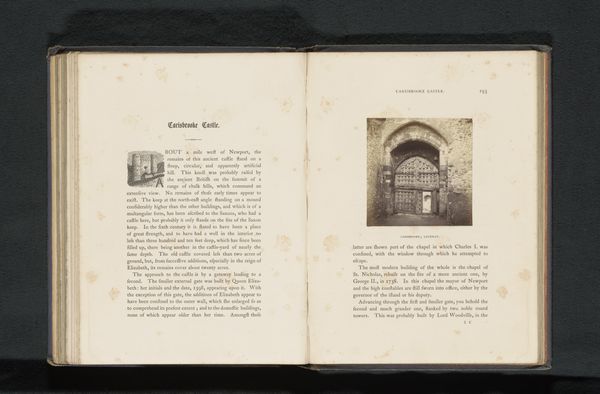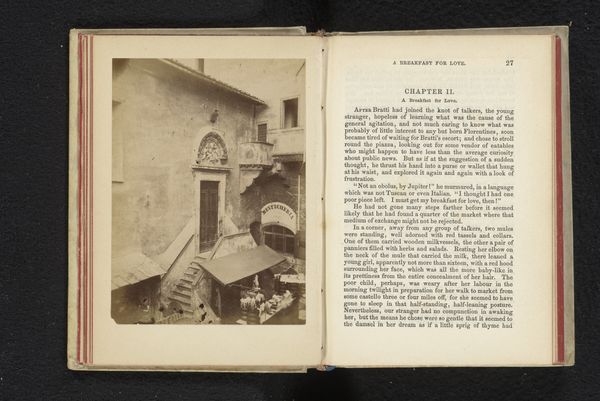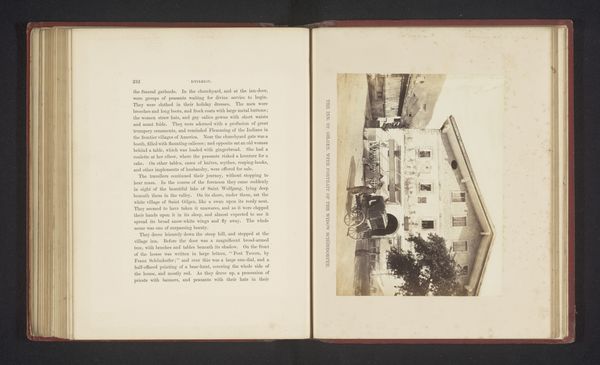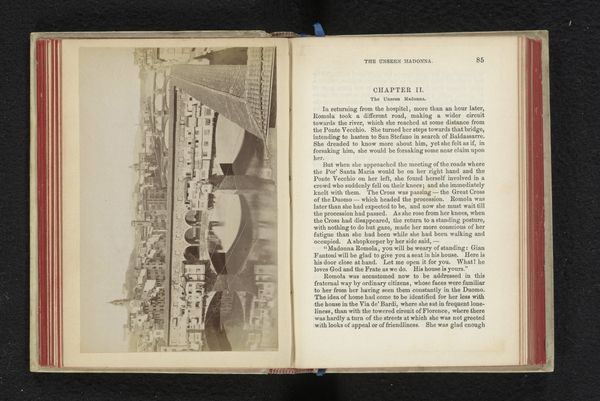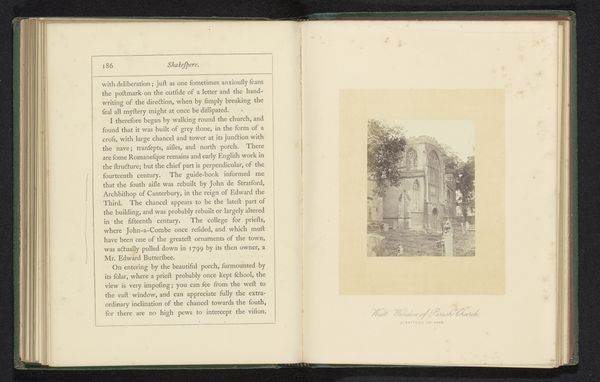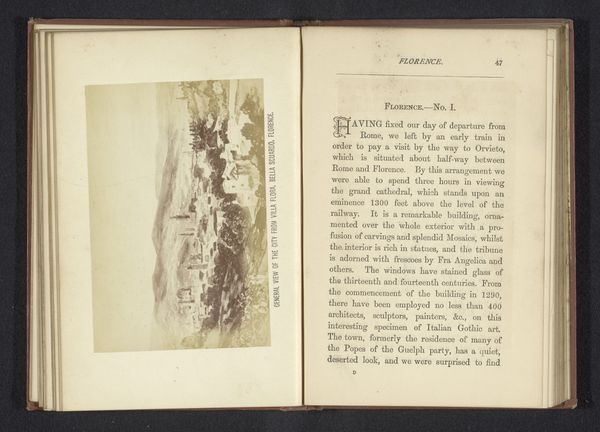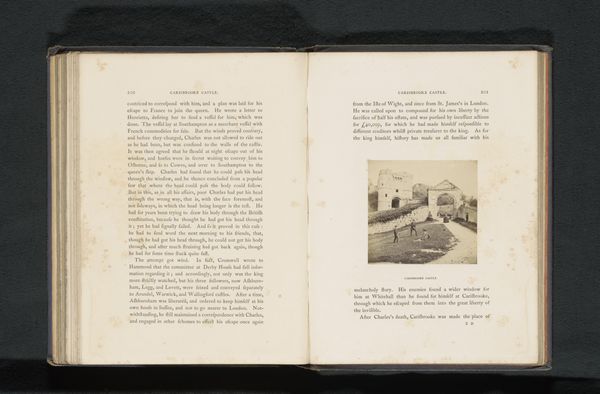
print, photography, gelatin-silver-print
#
portrait
# print
#
landscape
#
photography
#
ancient-mediterranean
#
gelatin-silver-print
#
cityscape
Dimensions: height 128 mm, width 90 mm
Copyright: Rijks Museum: Open Domain
Curator: Let's turn our attention to this gelatin silver print, dating from before 1863. It's titled "Porta Romana te Florence" and attributed to Giacomo Brogi. Editor: My first impression is how stark and quiet the image feels. It’s centered on this imposing gate, the Porta Romana, and beyond it, a hint of the city. The light is diffused, almost dreamlike. There’s a stillness that really strikes me. Curator: Brogi's work often captured the urban environment of Italy, especially Florence, during a period of great change. This photograph exemplifies the role of photography in documenting the architecture and urban planning initiatives that defined the era. Editor: It's interesting how photography became a tool for cataloging the ancient world. This photograph is not just a picture, it’s an assertion of a very particular civic identity. I wonder who exactly these pictures were aimed at. Curator: His clients included tourists and scholars, so they reflect both the aesthetic sensibilities of the time, particularly the Romantic interest in historical monuments. The emerging middle class are now in power of Italy. These kind of photography support their goal of building the Italy identity. Editor: The composition does subtly emphasize that this space, even if ancient, belongs to modern Italy. I am looking for some working-class or other elements of society represented in these photos but failing. Curator: Right, the image is framed in a way that highlights the monumentality of the gate itself, devoid of contemporary figures or signs of daily life. Instead, there’s this focus on preservation and an almost idealized view of the city. Editor: This idealization serves a political purpose. It’s like saying, "Here’s Florence, beautiful and untouched, representing the values we aspire to." It completely overlooks the complicated realities of class and change in the nineteenth century. The power dynamic represented is visible on how the photograph is staged. Curator: Exactly. These types of images were frequently used in promotional materials and architectural studies, subtly shaping public perception of Florence and its historical narrative. Editor: This photo offers a complex interplay between image and political history. What initially appears to be a quiet snapshot becomes more meaningful after examining its historical context and the politics influencing the photographer's perspective. Curator: Indeed. By thinking more broadly about Brogi’s practice in this historical context, we learn much more than what a description alone would convey.
Comments
No comments
Be the first to comment and join the conversation on the ultimate creative platform.
